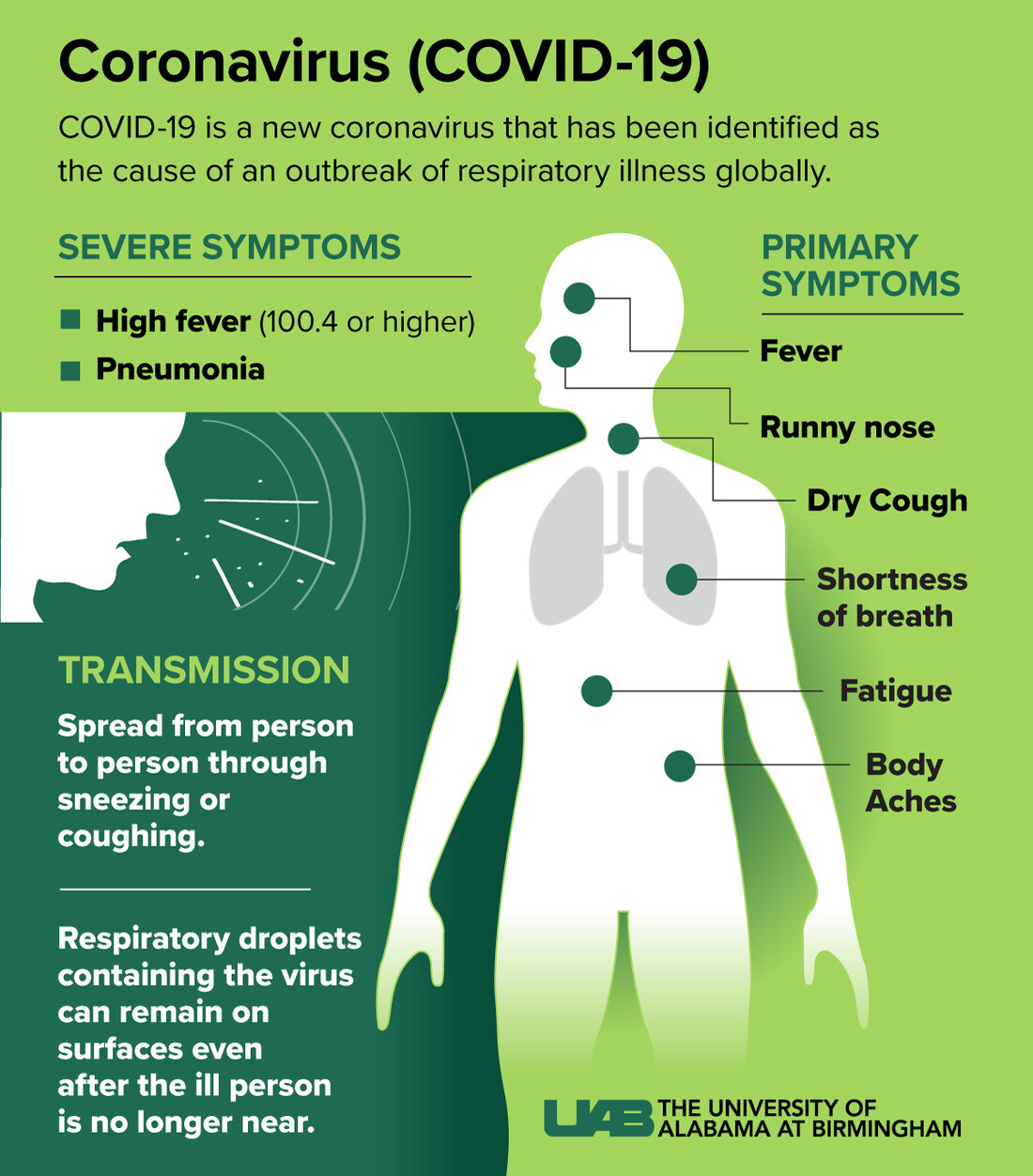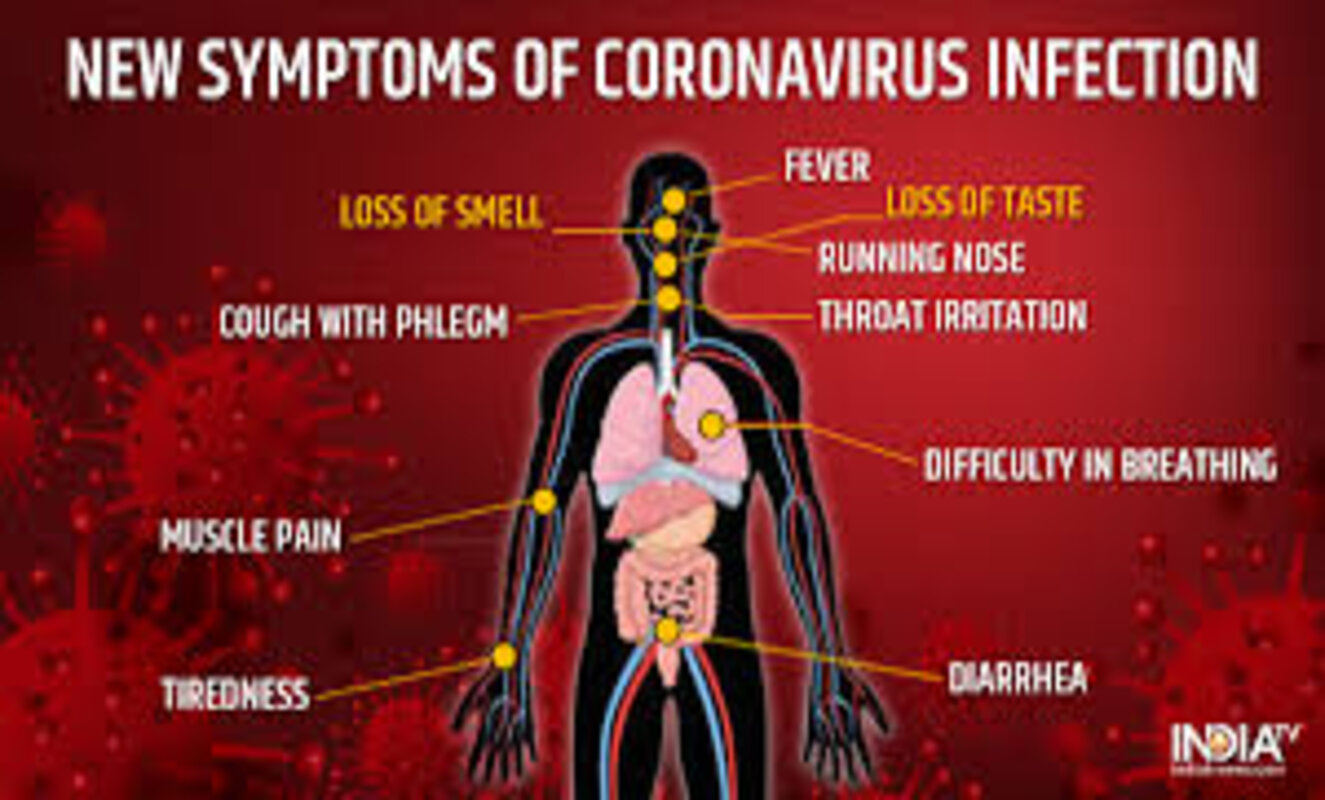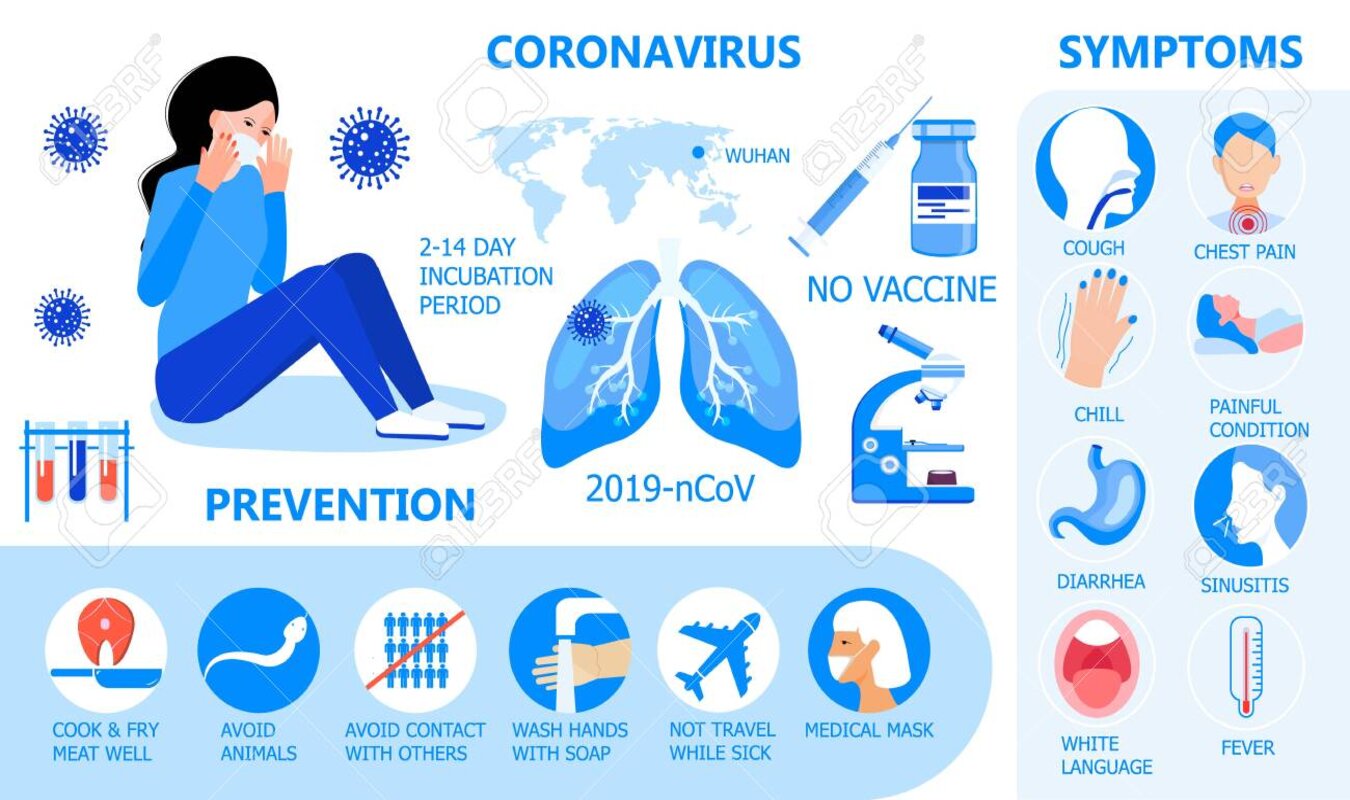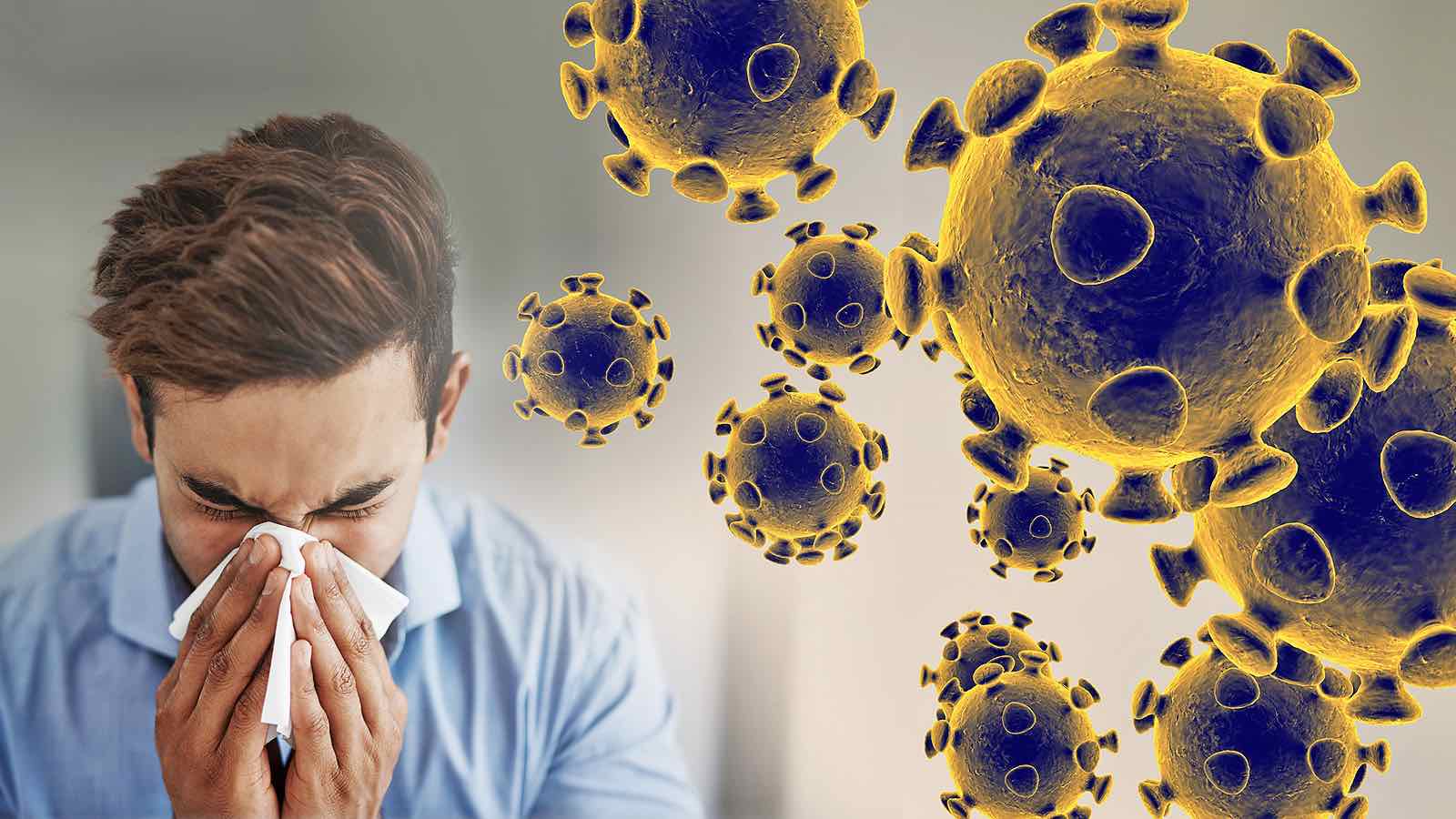
What does coronavirus feel like? The list of symptoms keeps growing
Coronavirus has ravaged the globe, with over 18 million cases worldwide, and the virus is particularly virulent within the United States, with at least 4.86 million confirmed cases.
The symptoms run the gamut from mild to severe, and the virus can affect the human body in a number of different ways.
Hundreds of studies have been published since COVID-19 first started spreading in patients, and the common symptoms vary depending upon who is being studied. Younger patients are more likely to experience milder symptoms, while older patients and individuals already in hospitals are likely to experience a more severe case of the disease.

Be sure to recognize the symptoms
The list of symptoms for COVID-19 seems like it keeps growing, but the Centers for Disease Control keeps an abbreviated list of common symptoms that includes:
Fever or chills
Cough
Shortness of breath or difficulty breathing
Fatigue
Muscle or body aches
Headache

New loss of taste or smell
Sore throat
Congestion or runny nose
Nausea or vomiting
Diarrhea
Symptoms can start to appear between 2 to 14 days after exposure to the virus, and the CDC stressed that the list does not include all possible symptoms. Part of the challenge with treating COVID-19 has involved identifying all of the symptoms associated with the virus.

How healthy you are can impact how the virus affects you
Mark A. Perazella, a kidney specialist and professor of medicine at Yale School of Medicine, spoke with The New York Times and stressed that the issue stems from “who you are and how healthy you are.”
Perazella added “it’s so heterogeneous, it’s hard to say. If you’re healthy, most likely you’ll get fever, achiness, nasal symptoms, dry cough and you’ll feel crappy. But there are going to be the oddballs that are challenging and come in with some symptoms and nothing else, and you don’t suspect COVID.”

COVID-19 symptoms are as unpredictable as the year 2020
Brian M. Clemency of the University of Buffalo and colleagues performed a study of 961 health care workers for Academic Emergency Medicine that found anosmia was the most predictive symptom of COVID-19. Anosmia is the loss of one’s sense of smell and frequently associated with a loss of taste.
While the study of health care workers tested for COVID-19 identified anosmia as a predictive symptom, the study was not concrete, since only 50% of the people who reported losing their sense of smell or taste tested positive for the disease.

An0ther study by Jerome R. Lechien of the Universitaire Saint-Pierre and colleagues in Annals of Internal Medicine found that fever, a common symptom of COVID-19, could be difficult to predict if a patient had the virus. The study featured 2,000 COVID-19 patients with mild to moderate forms of the illness, but 60% never had a fever.
Asaf Bitton, executive director of Ariadne Labs at Brigham and Women’s Hospital and the Harvard T.H. Chan School of Public Health, summed up the issues of diagnosing COVID-19 for The New York Times. “This is a very tricky and confounding virus and disease, and we are finding out surprising things about it every day,” Bitton said.
Symptoms of the virus affect each person differently and the ever-changing nature of the disease makes it challenging to treat and diagnose in real-time. COVID-19 has been as unpredictable as this year, let’s hope there aren’t as many surprises going forward.



